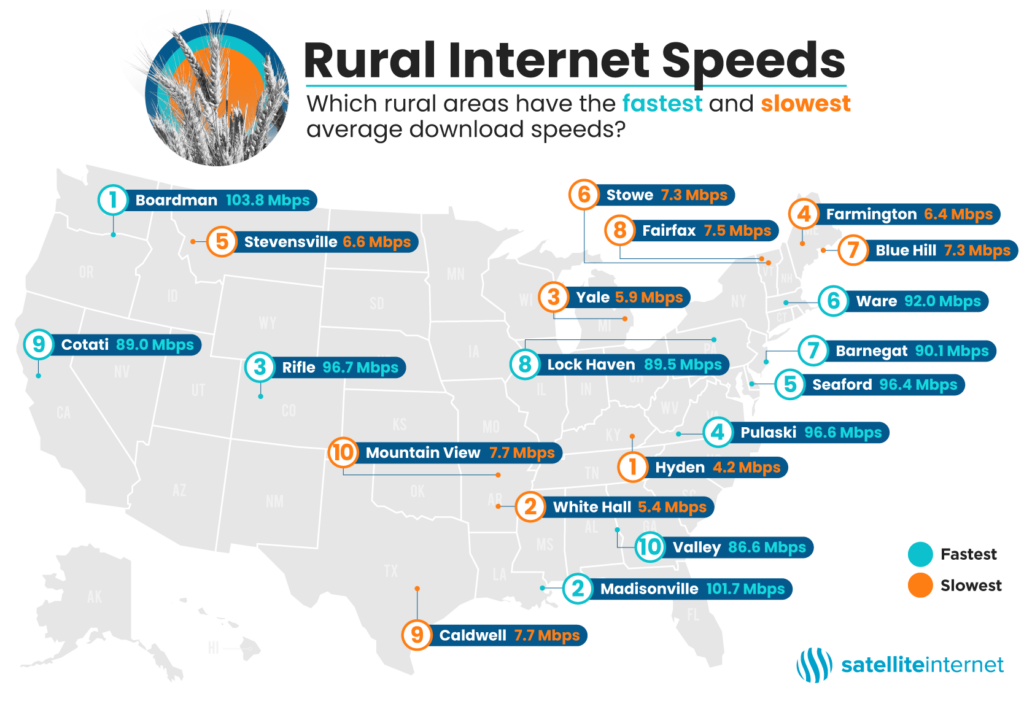Starlink’s application for $885 million has been rejected by The Federal Communications Commission (FCC).
FCC’s news release
FCC said in its news release, “2022—The Federal Communications Commission today announced that it is rejecting the long-form applications of LTD Broadband and Starlink to receive support through the Rural Digital Opportunity Fund program. The Commission determined that these applications failed to demonstrate that the providers could deliver the promised service. Funding these vast proposed networks would not be the best use of limited Universal Service Fund dollars to bring broadband to unserved areas across the United States, the Commission concluded.”
Public Notice
Their public notice says, “By this Public Notice, the Rural Broadband Auctions Task Force (RBATF), Wireline Competition Bureau (WCB or Bureau), and the Office of Economics and Analytics (OEA) announce they are ready to authorize Rural Digital Opportunity Fund (Auction 904) support for the Auction 904 winning bids identified in Attachment A of this Public Notice. To be authorized to receive the total 10-year support amounts listed in Attachment A, the longform applicants identified in that attachment are required to submit acceptable irrevocable stand-by letter(s) of credit and Bankruptcy Code opinion letter(s) from their legal counsel for each state where they have winning bids that are ready to be authorized in accordance with the instructions provided below by the applicable deadline – prior to 6:00 p.m. ET on August 24, 2022.”
According to The Verge, “The funding is part of the broader $9.2 billion Rural Digital Opportunity Fund that provides an incentive for telecom companies to extend internet service to rural and underserved locations. In 2020, Starlink won an initial $885.5 million subsidy as part of a Phase 1 rollout of the program. The FCC also rejected LTD Broadband’s bid for the funding after it initially received $1.3 billion in 2020.






